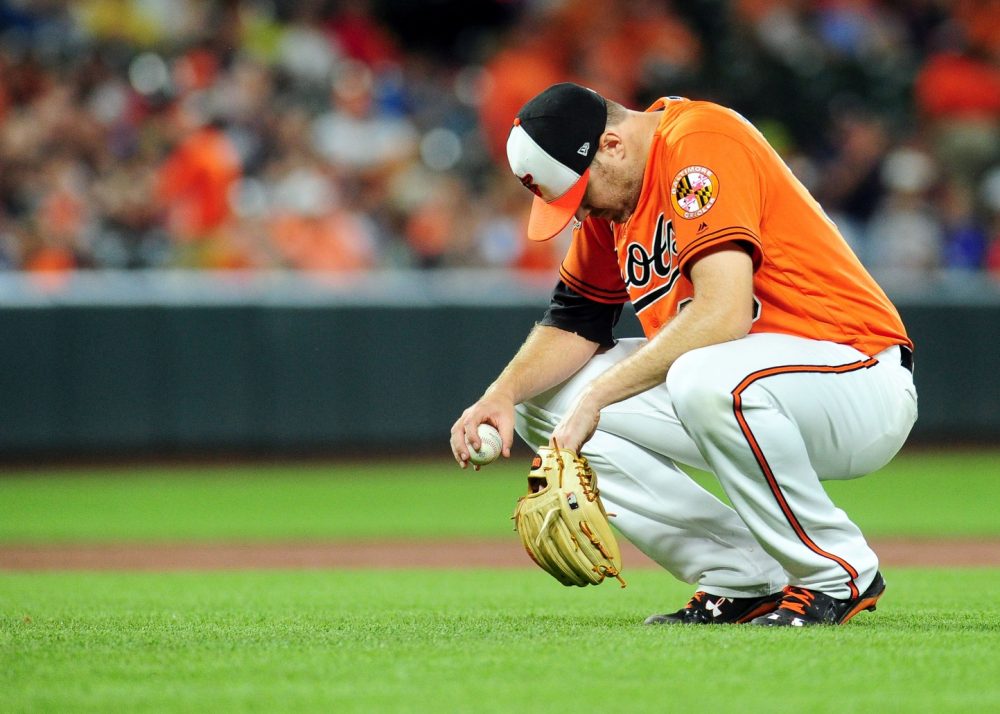
Last week, we came snout to snout with a realization about the free agent market: There is money being spent on players who–according to PECOTA–project to function either at or below replacement level over the course of their contract. In a world where we’ve been trained to think of the free agent market in terms of “dollars per win (above replacement),” shouldn’t players who are sub-replacement level be paying their new teams for the privilege of putting on a major-league uniform? How does that even happen? I thought everyone was all into analytics and being rational now.
Why on earth would teams pay money for a player who is supposed to be in plentiful supply? The answer, once again, lies in the fact that Wins Above Replacement is not the answer to every question in baseball.
To understand why, we need to do just a tiny bit of …
Warning! Gory Mathematical Details Ahead!
Comments are closed.